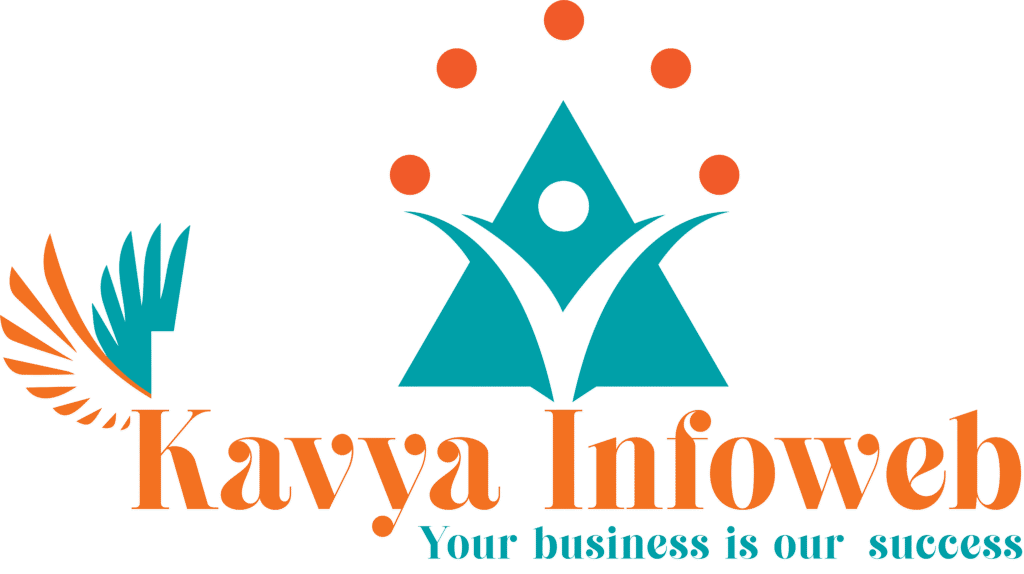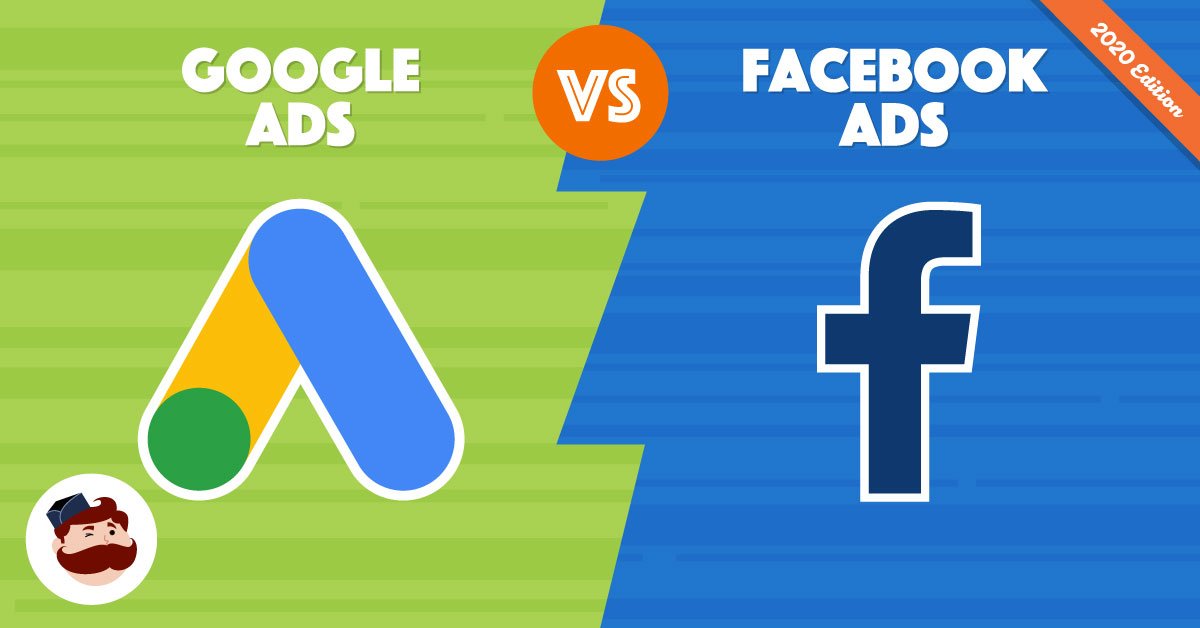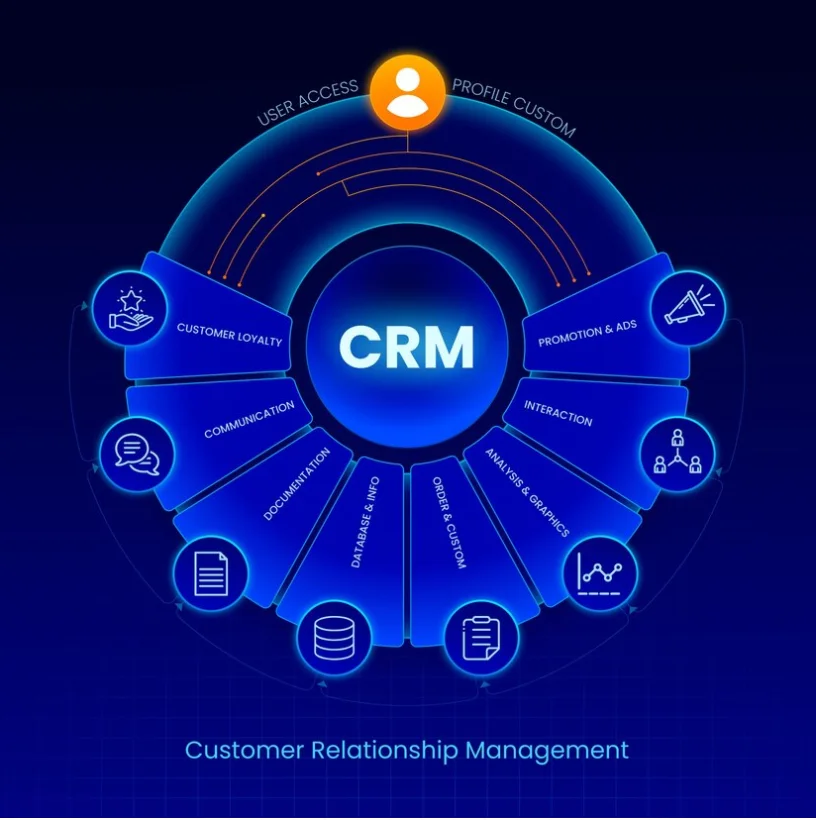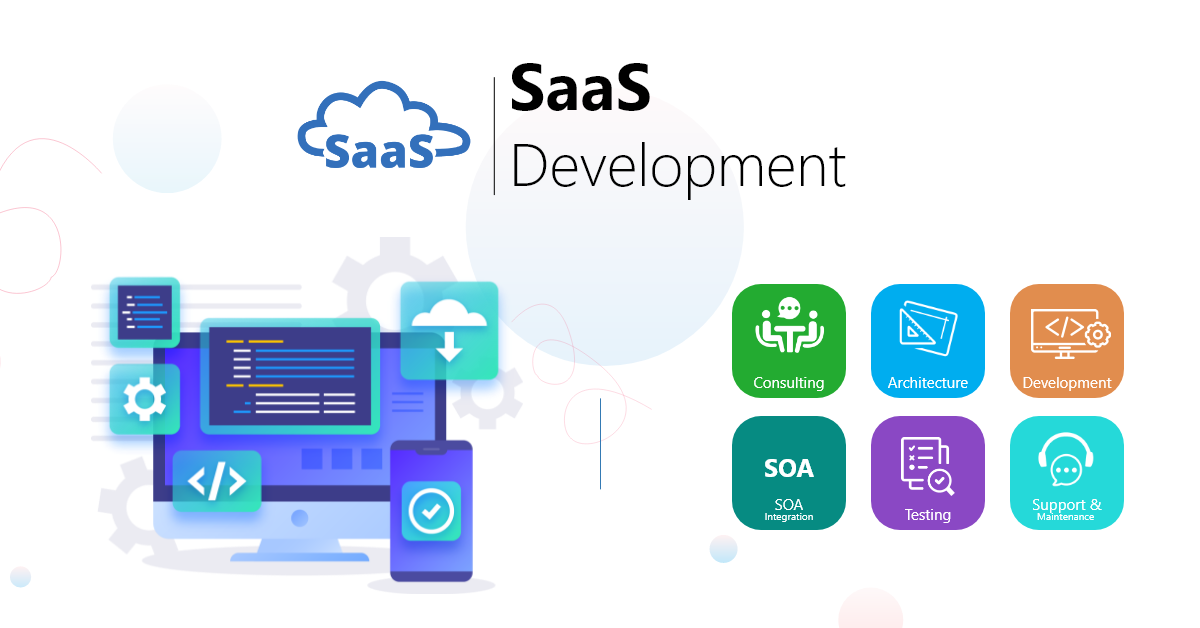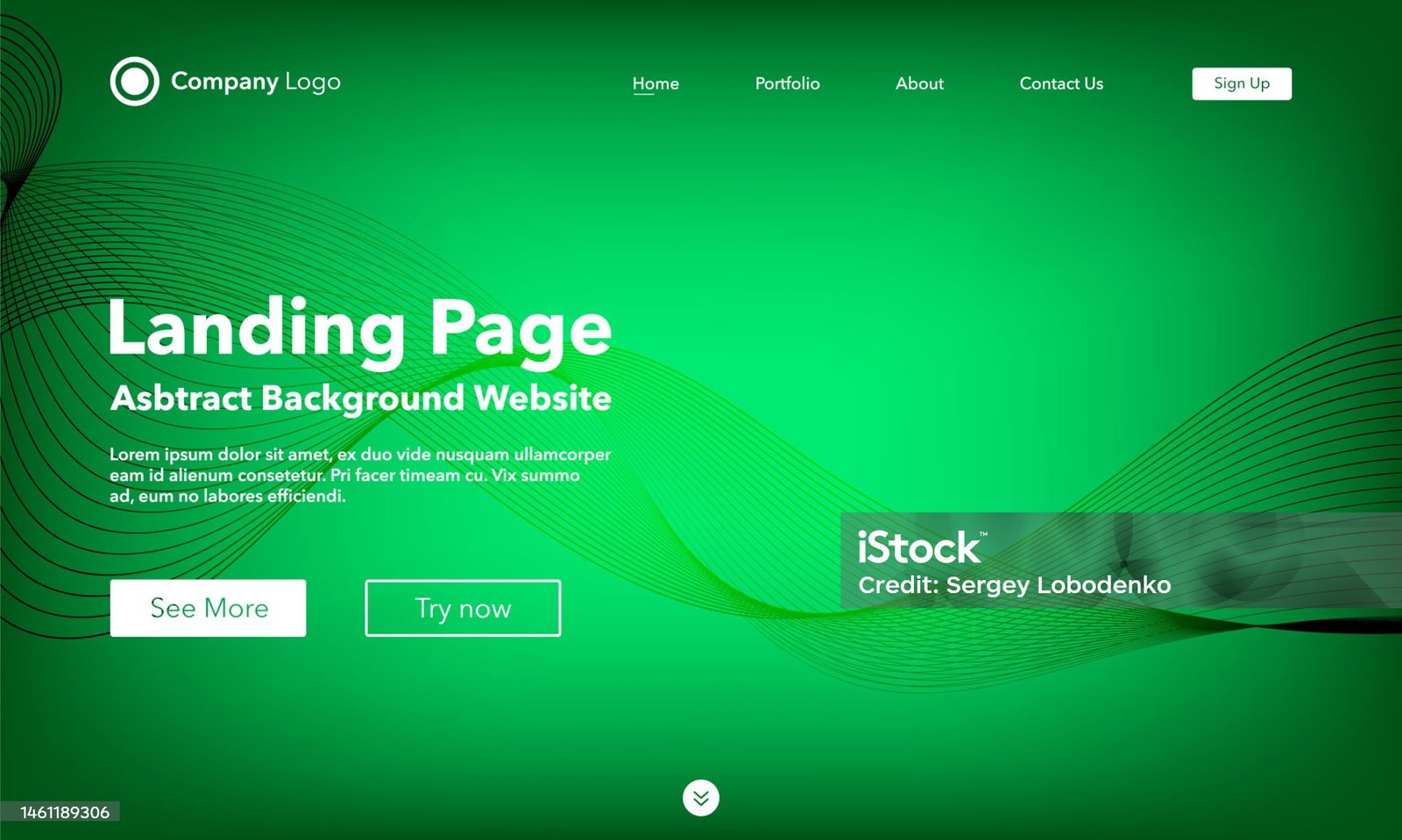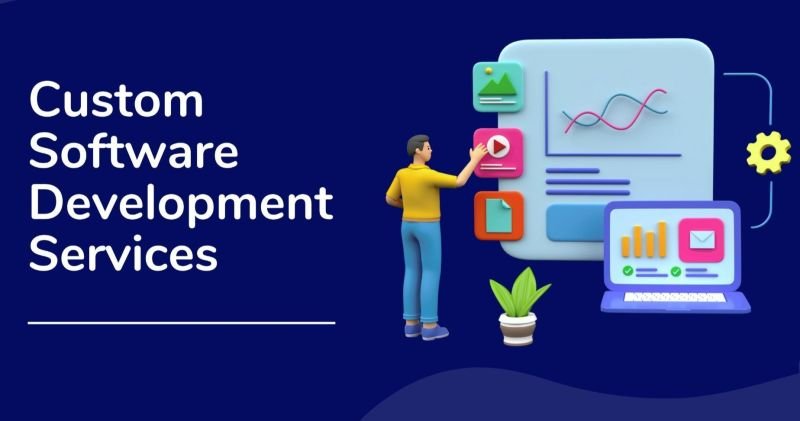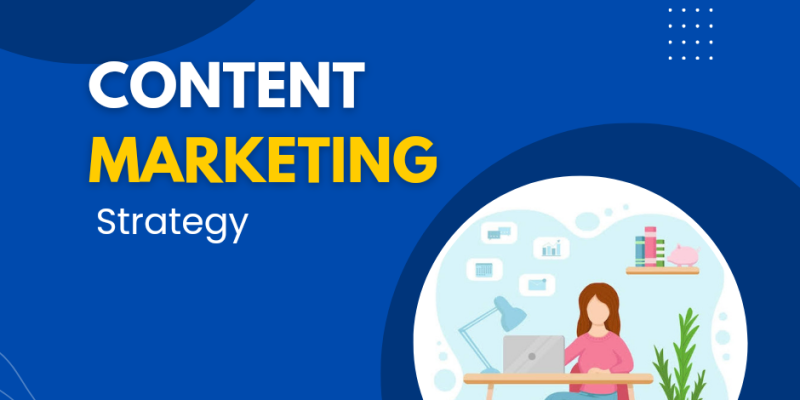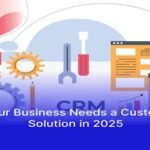Signs You Need Better ERP Development
Business Growth Stuck? You Need Better ERP Development The pace of the business day, it seems, is ever accelerating and it must flow in a certain way. Business that relies on legacy or antiquated systems tend to be mired in delays and errors and ballooning costs of doing business. That’s where ERP Development comes in. A good, solid ERP system, properly implemented, allows every business area, from finance to HR, production to supply chain, sales, to live on a single platform. But how do you know when it’s time to replace your ERP? Here are the most common signs that your business needs a new ERP system, and how you can get help from an experienced ERP Developer. Data Exists in Too Many Places If your teams are using dozens of spreadsheets, software, and paper records, your productivity is already in jeopardy. A next-generation ERP Development system unifies your data, allowing you to access current and accurate information from every business area. When information is fragmented, your decisions will be slow and unreliable. Your Existing System Is Not Integrated Does your inventory system talk to your sales software? Are your accounts able to instantly update in purchase data? Otherwise, your business will be forever playing catch up. All necessary tools are integrated via ERP Development to remove redundancies prejudicial to your time and financial resources. One advantage of integrated systems is they facilitate a seamless flow of information across division. Inefficiencies Are Growing Your staff wastes too much time on repetitive, manual tasks such as entering data, reporting, or getting approvals. And when processes are getting convoluted, you have a great indication you should use ERP Development to assist in automating critical business functions. All that time saved—and so much more productivity at the end of the day. Reporting is Too Slow If you’re still waiting days or weeks to get reports on how your business is performing, your ERP is old. Today, the business environment demands instantaneous answers. Real-time dashboards, automated reports and predictive analytics are just a few of the features made possible with Modern ERP Development that can help organizations make smarter, faster decisions. Customer Experience Is at a Breaking Point Delayed delivery, wrong orders, and slow replies are hurting your reputation. Your customers are unhappy, you need to upgrade. With modern ERP Development, you can manage your inventory more effectively, fulfill orders more quickly and provide world class service – that’s a powerful advantage for your business. Systems Limitations Are Being Tested by Extraordinary Growth As your organization grows, your outdated systems may not. When turning on additional users bogs your system down—or it crashes under the pressure of peak periods—you’re kidding yourself that your business has outgrown the system. Global Expansion Implement scalable ERP Development to support your seamless growth worldwide. You’re Facing More Security Threats Legacy systems tend to lack robust cybersecurity solutions. Since it’s easier to penetrate, hackers also attack outdated software. Modern ERP software Development also delivers sophisticated role-based security, encryption, secure access controls and ongoing updates to ensure your company is safeguarded against data security breaches that could cause irreparable damage to your business. Compliance Updates Are Getting Harder Industries like finance, healthcare and manufacturing has regulatory compliance. If your software does not help you comply or create audit trails, you are legally exposed. Professional ERP Development solutions are accurate, enable automated data validation, and are compliant with regulations (ready to help you with reports). Overdoing the Maintenance Expenses If your IT department is spending all of its time just putting out fires, that’s a huge red flag. Upgrade, don’t keep throwing money at an old system. Cloud based ERP Development minimizes the cost of maintenance and ensures long term solidity. No Support for Mobile Access Customers and staff demand mobile access. Today’s ERP development solutions provide secure access anytime, anywhere, so your business doesn’t have to stop — whether your team is in the office, working at home, or out in the field. How ERP Development Helps The ERP Development is highly organized and well explained here: Business Automation Streamlining communication within the network Diminish errors and operational cost Enriching the experience for the customers Bringing business analytics By digitally linking every department, you are creating a more solid foundation for your growth. Why Choose for a Custom ERP Solution? All companies have got different requirements. Off the shelf software can’t run very well. By investing in custom software development services, you have the opportunity to create a tailored ERP system that is designed to complement your specific business processes. With Custom ERP Development you will have: Full control over features Unlimited Scaling More accurate data, better reporting and analysis Stay one step ahead in your industry That’s why companies around the globe choose custom software development services to enhance their operations more efficiently. Why Kavya Infoweb is Your Best ERP Solution Provider? If you want a system that grows with you and helps you work more efficiently, you need the right technology partner. Kavya Infoweb is known as the: Best IT company in Nagpur Best IT Outsourcing Company in Nagpur Advanced ERP Development Supplier Kavya Infoweb — Custom Software Development Experts Trusted by Global Companies for Digital Transformation In addition to ERP, the company is also known as the best Digital Marketing Company to enhance clients brand visibility & customer reach. Our services on ERP Development: Business analysis in details Workflow design optimized for UI/UX Secure technology architecture Third-party software integration Maintenance and support We design ERP systems that grow with you. conclusion If your business is experiencing operational bottlenecks, low productivity, lost data, high maintenance costs, or poor customer service, then it’s time to upgrade your ERP system. Modern ERP Development provides your business with the technology advantage necessary for sustained success. Transform your processes and boost performance with professional assistance from top-notch IT service provider in Nagpur to make the most of your business development. Don’t let inefficiencies turn into costly problems. Be a part of the future in ERP Development for a smarter, faster and more profitable business. Contact Us Looking to upgrade your ERP system and transform your business?Get in touch with us today! Kavya Infoweb Pvt. Ltd.Phone: +91 8600346599Email: info@kavyainfoweb.comWebsite: www.kavyainfoweb.comLocation: Nagpur, Pune, India
